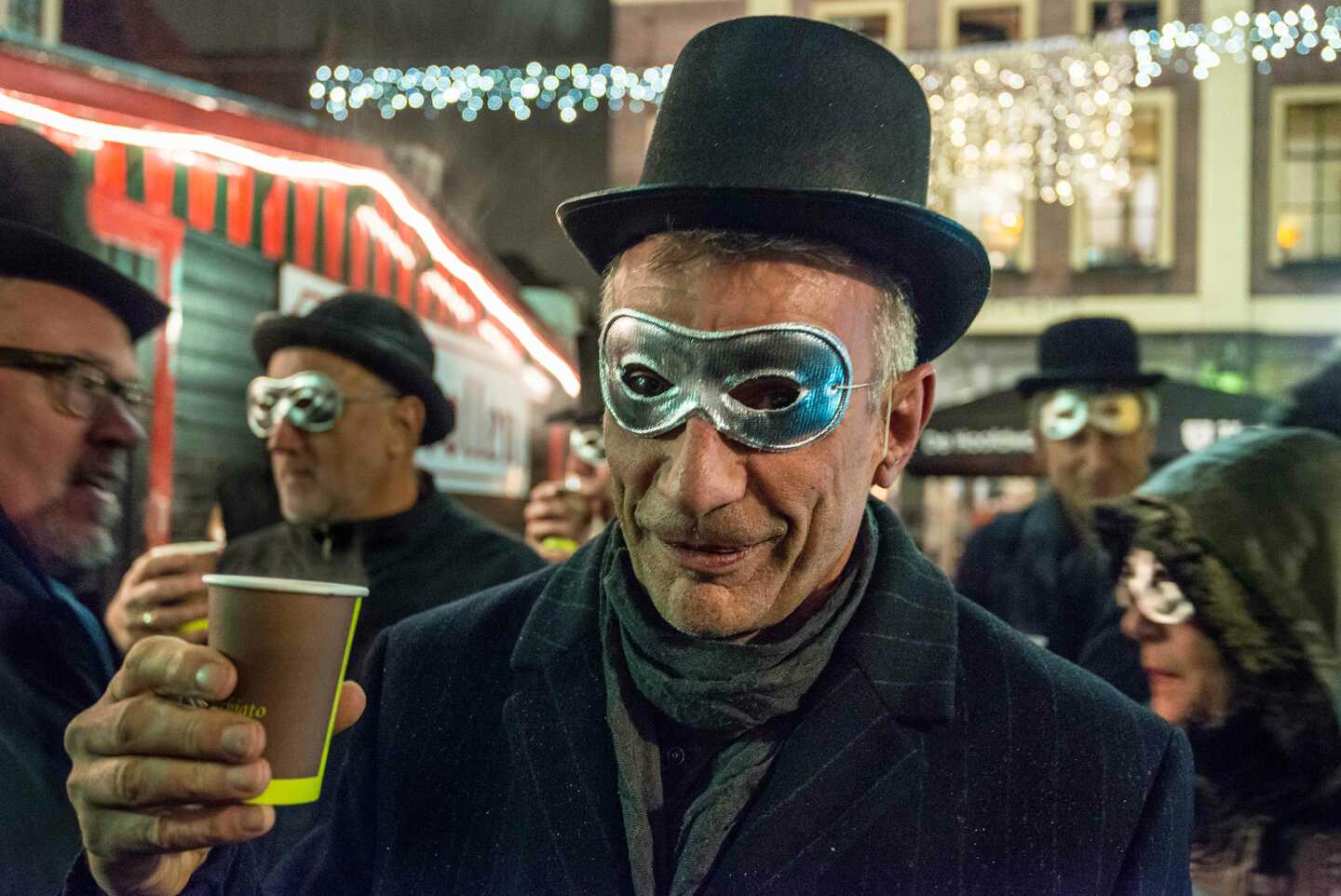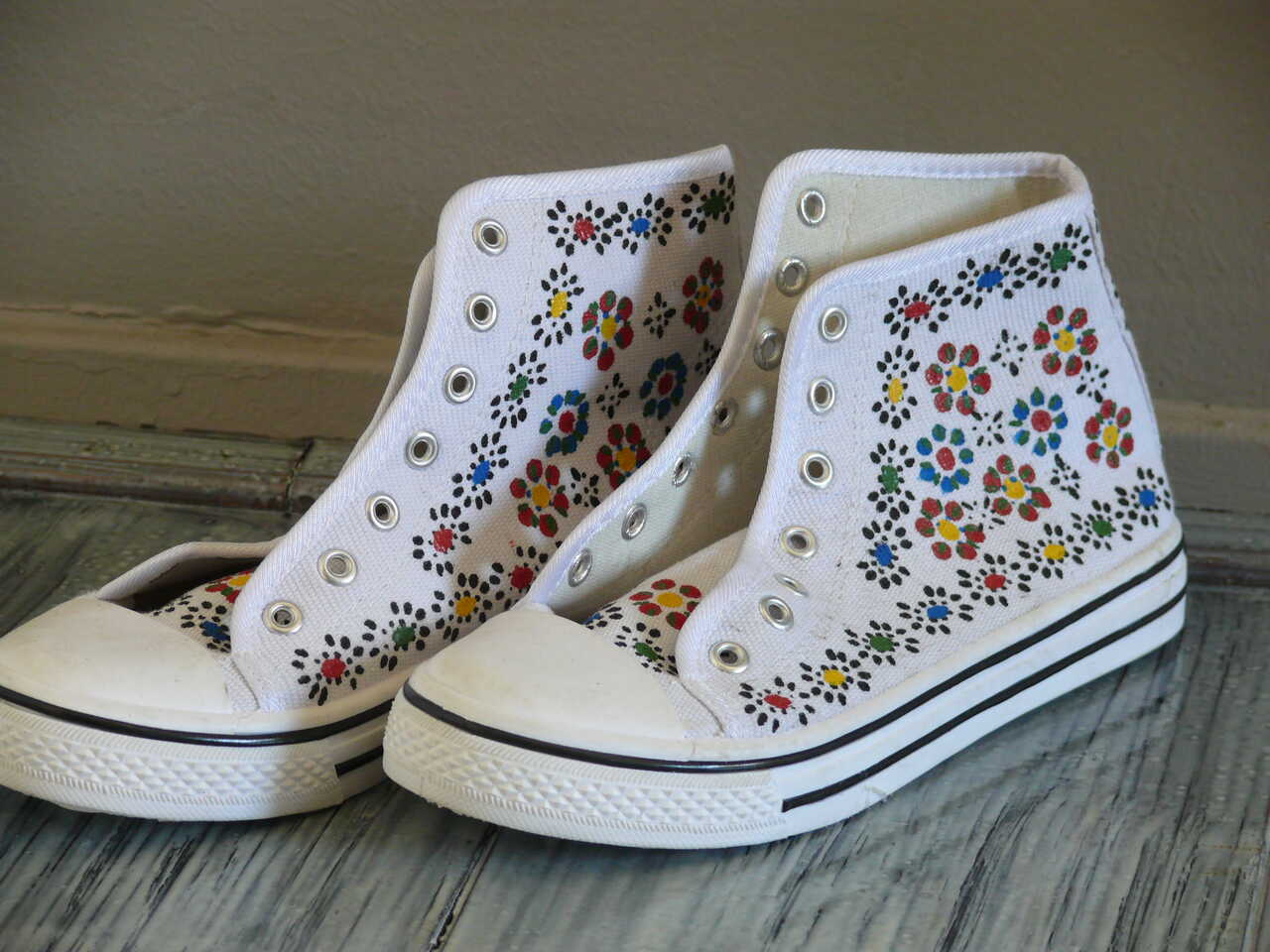Is your question not here? Please let us know at info@immaterieelerfgoed.nl.
Frequently asked questions

UNESCO en Immaterieel Erfgoed
What is intangible cultural heritage?
Transmitted from generation to generation and from person to person
Intangible cultural heritage is the bridge between present, past and future. It is culture of today, creates a sense of connectedness with earlier generations and is at the same time future-orientated, because people wish to pass it on to next generations.
Dynamic heritage
Contrary to material heritage (buildings, objects, documents and monuments), intangible cultural heritage is a living and dynamic form of heritage, which adapts to and changes with time. It connects the community that practices it and identifies with it. Intangible cultural heritage constitutes the heart of that group of people, who often practice it with passion and on a voluntary basis.
Why a convention for intangible cultural heritage?
The UNESCO Convention for the Safeguarding of Intangible Cultural Heritage aims to:
- Protect intangible cultural heritage;
- Promote the respect for intangible cultural heritage and its bearers;
- Raise the awareness of the significance of intangible cultural heritage at an international, national and local level;
- Ensure the recognition and appreciation of the cultural diversity;
- Promote international cooperation.
Worldwide 175 countries signed the UNESCO Convention for the Safeguarding of Intangible Cultural Heritage.
See the page of this UNESCO Convention here.
What is meant by ‘safeguarding’ intangible cultural heritage?
UNESCO wishes to protect intangible cultural heritage, or ‘safeguard’ it. To protect, or secure, means: to give a future to intangible cultural heritage, to find a form that also appeals to future generations and to take away the bottlenecks that block the way to the future of this ICH.
Intangible cultural heritage is always dynamic and under development. Protection therefore does not mean: keeping it as it used to be in the past. UNESCO does not want to turn ICH into museum pieces.
Protection and safeguarding of intangible heritage is done by the practitioners themselves. In the Netherlands the Dutch Centre for Intangible Cultural Heritage can offer support in this respect.
Who protects intangible cultural heritage?
UNESCO puts the responsibility for keeping the ICH alive and dynamic in the very hands of the communities, or individuals or groups who practice it. Thus, there is no direction from above, or so that the government determines what the intangible cultural heritage should look like. That is the responsibility of the people themselves. The government, however, did undertake the obligation to contribute to a favourable climate in which intangible cultural heritage can flourish.
The Centre can provide support to the communities for safeguarding ICH, for instance by assistance in making the Safeguarding Plan and by offering courses, trainings and meetings in the context of maintaining viability and the transmission of intangible cultural heritage.
What is an intangible cultural heritage community?
This UNESCO Convention has assigned a central role to the people who practice a form of ICH or are closely involved in it. Only they can keep this intangible cultural heritage alive and up-to-date and pass their love, knowledge and skills on to next generations. In an ICH community it will be a group, or groups of people, and sometimes even an individual, who organise themselves for a shorter or longer period around a certain form of ICH and wish to actively contribute to it.
The Dutch Centre for Intangible Cultural Heritage attaches a dynamic meaning to the notion ‘heritage community’. A heritage community must not be an enclosed, almost unchangeable unit but, on the contrary, will be vivid and open, just like the ICH itself. In the Netherlands we go for an inclusive approach of ‘communities, groups or individuals.’
Netwerk, Inventaris en Register
The objective of Network, Inventory, Register
The Netherlands ratiefied the UNESCO Convention for the Safeguarding of Intangible Cultural Heritage in 2012. It thus accepted the obligation to inventory the intangible cultural heritage within its territory.
Intangible cultural heritage in The Netherlands is made visible in three circles. Next to making it visible, the aim is to support intangible heritage communities in keeping their heritage up-to-date and suited for the future. The communities, groups and individuals themselves register their ICH. Read more about the three circles here.
Who can inscribe intangible cultural heritage?
It fits the UNESCO philosophy, that communities themselves inscrbe their intangible cultural heritage for the Network as well as the Inventory and the Register, i.e. communities, groups and individuals who practice, organise or are involved in the tradition themselves.
What is a Safeguarding Plan?
For UNESCO lists and inventories are merely a means and not a goal. The goal is that communities who want this, are enabled to make intangible cultural heritage future-proof. UNESCO wants you to think about the future of your ICH, that is to identify the strong and weak points of the heritage and make an action plan with concrete actions that contribute to a future for the intangible cultural heritage.
For the Inventory the practitioners/people involved set up a Safeguarding Plan in which they identify and describe their intangible cultural heritage (what are they doing, who are involved, in what way has the tradition changed over time/been adapted to time) and observe which bottlenecks they experience in the transmission of their heritage to next generations. Part of the Safeguarding Plan are concrete actions to solve those bottlenecks, step by step. In this respect the Centre offers support wherever needed, before as well as after inclusion in the Inventory, among other things by offering training courses to strengthen the communities, groups and individuals in the care for their ICH.
What does inscription in the Inventory Intangible Cultural Heritage in the Netherlands imply? Is it a recognition?
Inscription in the Inventory is not a substantive recognition of the heritage itself.
It indicates that a heritage community, group or individual is actively committed to the future of their intangible cultural heritage. It contributes to the awareness of the importance of this heritage inside and outside the community. It is related to being seen, with acknowledgement and pride. Generally hundreds of volunteers are involved, who selflessly engage in the work and have been doing so for years, without subsidy but with great pleasure, for a form of intangible cultural heritage.
By inscribing their ICH in the Inventory Intangible Cultural Heritage in the Netherlands, practitioners and people involved demonstrate that they view the tradition as their intangible cultural heritage and that they wish to protect it in the sense of passing it on to next generations. No subsidies are attached.
Inscription does not make one form of ICH more important than another. For the Inventory Intangible Cultural Heritage all intangible cultural heritage is equal and it does not make a difference, for instance, whether the ICH is being practiced by the whole Dutch population or just by a local community or person.
Why have not all forms of intangible cultural heritage been included in the Network or the Inventory?
Intangible cultural heritage may not yet been inscribed in the Network or the Inventory, simply because it has not yet been submitted by the practitioners or the people involved. There are complications concerning some forms of ICH. For instance: who will stand up for the Dutch tradition of presenting ‘beschuit met muisjes’ (rusks with sugared aniseeds) when a baby is born? How does one write a Safeguarding Plan for it? Particularly for unorganised and widespread traditions these questions are not always easy to answer.
Internationale UNESCO Lijsten
What UNESCO Lists are there?
UNESCO has three international lists for intangible heritage:
The Representative List of Intangible Cultural Heritage of Humanity
List of Intangible Cultural Heritage in Need of Urgent Safeguarding
For this list countries can nominate intangible heritage that is almost extinct and needs urgent measures to keep it alive and pass it on to future generations.
Register of Good Safeguarding Practices
This Register contains programs and projects that best reflect the objectives of the Convention in terms of safeguarding and that can inspire others.
You can browse these three UNESCO Lists here.
Is there already Dutch intangible heritage on a UNESCO list?
What is the relationship between the Inventory of Intangible Heritage in the Netherlands and the UNESCO Lists?
The Inventory of Intangible Heritage in the Netherlands contains only intangible heritage of people from the Netherlands.
UNESCO's intangible heritage lists contain intangible heritage from around the world. The Netherlands can only nominate intangible heritage for the international UNESCO lists that are already inscribed in the Inventory. The international lists offer in a way a selection from the several national inventories.
Who can nominate for the UNESCO lists?
Only countries ('State parties') can nominate for the international lists of UNESCO. That means that the communities can not do it themselves. An important condition is that the nomination can only be submitted with prior and informed consent of the community, groups and individuals concerned.
What is the difference with the UNESCO World Heritage List?
The UNESCO Convention for the Safeguarding of Intangible Cultural Heritage is a different treaty than the World Heritage Convention. The World Heritage Convention has existed since 1972 and is intended to better preserve cultural and natural heritage that is of unique and universal value to mankind for future generations.
Intangible heritage can therefore never be 'World Heritage'.
Kansen van immaterieel erfgoed
What opportunities does intangible heritage offer municipalities?
What opportunities does intangible heritage offer for museums and other heritage institutions?
With the ratification of the UNESCO Convention, a whole new branch of heritage has been added, involving many people. There is also a task for heritage organizations here.
Read more on this subject on the knowledge file on intangible heritage and museums.
What opportunities does intangible heritage offer for education?
Kenniscentrum Immaterieel Erfgoed Nederland
What is the role of the Dutch Centre for Intangible Cultural Heritage?
The Dutch Centre for Intangible Cultural Heritage implements the UNESCO Convention for the Safeguarding Intangible Cultural Heritage in the Netherlands.
One of the obligations arising from the ratification of this treaty is the compilation of an inventory of intangible heritage. The Dutch Centre supports and guides communities, groups and individuals in safeguarding their intangible heritage for the future. This is achieved, among other things, by offering assistance with the registration of the intangible heritage in the Network, the Inventory of Intangible Heritage in the Netherlands and the Register of Inspiring Examples of Safeguarding; offering courses and training in the field of safeguarding, drawing up a safeguarding plan and increasing the awareness of the importance of intangible heritage.
The Dutch Center for Intangible Cultural Heritage is very active in the field of research and development on of intangible heritage. Its purpose is to contribute to the practice of safeguarding intangible heritage. The Centre maintains close contacts with fellow institutions abroad.
